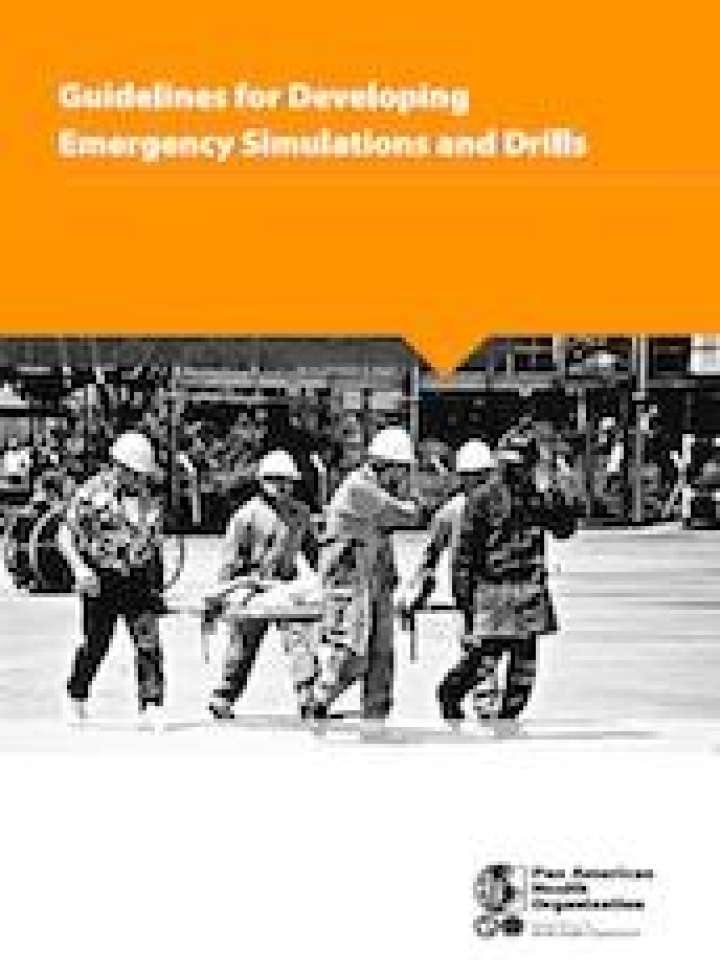Guidelines for developing emergency simulations and drills
This manual has the following objectives:
- To provide the conceptual framework and methodological aspects of simulations and drills, and to the identify skills and abilities that are necessary to carry them out.
- To guide the planning, design, organization, development, and evaluation of simulations and drills for emergencies and disasters.
- To provide practical tools for planning, design, organization, development and evaluation of drills and simulations.
This handbook gives the guidelines for organizing, developing, and evaluating simulations and drills and describes different uses for the exercises in the context of emergencies and disasters. It has been written primarily for health sector organizations that are in the process of reviewing and updating emergency preparedness and response plans, but institutions from other sectors will also find it useful.
There are three important parts to the guidelines. The first two sections introduce the concepts and methods that guide the design and development of simulations and drills. The second section (Annexes 1–19) includes forms that will assist in the practical and handson work of designing, carrying out, and evaluating exercises. Forms for two examples of actual exercises are included: a flood simulation and a drill for treating mass casualties. Annexes 1 to 9 pertain to simulation or tabletop exercises, and Annexes 10 to 19 pertain to drills. The third section (Annex 20) presents an evaluation tool for simulations/drills that was developed in the Caribbean primarily for exercises involving mass casualties. It is a model that can be adapted to a variety of other simulation scenarios.
Explore further
